By: Benjamin Krudwig
Quarantine has spurred many changes in most people’s lives over the last year and has undoubtedly affected worldwide social media usage. The popular app TikTok garnered massive attention and continues to in 2021. In the first quarter of 2020 alone, the app saw over 315 million downloads worldwide, a record-breaking number during the economic downtown. While those under the age of 18 historically used the app, the age of 18+ demographic saw a growth of 3X in April of 2020.
The premise of TikTok is users share short videos that range from 15-60 seconds long with friends and followers. Popular videos often feature personal experiences, the latest dance craze, or current trending on the For You Page. At the same time, short-form media is nothing new, i.e. Vine in the 2000s, Tiktok and the events of 2020 created space for something bigger to happen. Due to the shutdown of non-essential businesses early in the year, many artists and performers found themselves suddenly out of work. With the need to create art, and the knowledge of millions of new users on the app, artists flocked to TikTok, and a unique subset of entertainment was born.
Videos on this app cover nearly every topic one can think of, including performance art. Marina Abromovic may be one of the first to come to mind when one thinks about performance art when one thinks about performance art when one thinks about performance art. Her performances, and those of her namesake Institute, mirror the human condition and often borders on the surreal. While TikTok is not as intimate as sitting in a chair across from another person and staring into their eyes for a few minutes, there is still something beautifully human about the art coming out of this app.
Some performances coming from TikTok are reminiscent of work by photographer Cindy Sherman. Known for her Untitled Film Stills series and other work in which she becomes a character and takes self-portraits, Sherman is a hallmark in performance art. TikTok user and actor Julie Birke uses this style for her videos in an impactful way, often shedding light on family relationships and political satire. While other TikTokers portray characters and create comedic sketches, the particular style that Julie uses always gestures towards a deeper meaning.
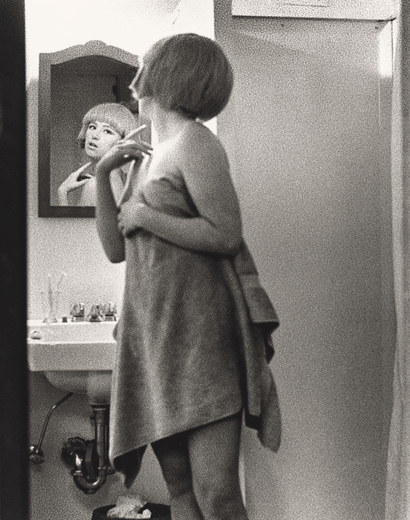
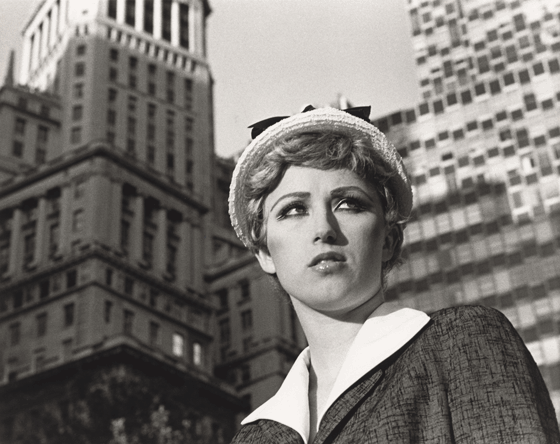
Another artist, Caitlin Reilly, also has a slate of characters that she portrays. Her videos fall into a parody of various social archetypes that poke fun at celebrities, the elite, or people in privileged situations; for example, her portrayal of the “WASP mom.” Stanzi, a Boston based actor, focuses much of her attention on toxic masculinity and political commentary. Her most performance art style videos are her mock-commercials about handling toxic masculinity in sometimes macabre ways. The underlying humour sits just below her wry expression as she recites her early 90’s style infomercial script.
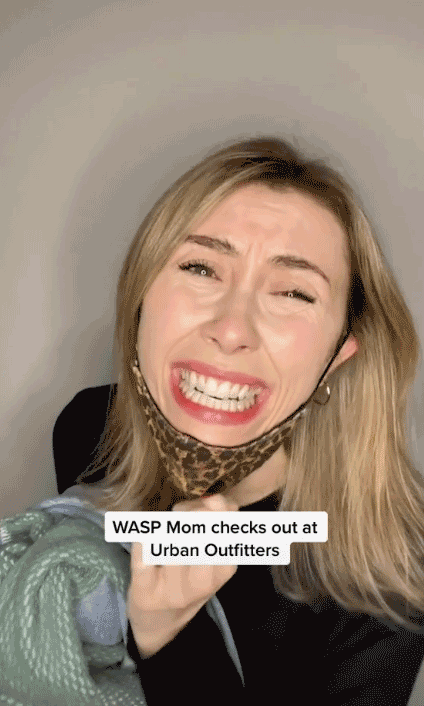
Not all of the art coming from TikTok is based on sketches. Some performance artists work in the absurd, not making much of a point except for “How far can I push this?” One such Tiktoker is Karalynn Dunton, who gained her popularity by posting her “ham girl” videos. The premise of her videos is simple; she describes a scene in a movie, but then the main heroine of the scene turns out to be just a pile of hams in a trenchcoat. The sheer number of videos she has made using various iterations of this premise is astonishing and impressive. A similar creator, Erin Samjo, became famous for her repeated attempt to glue several items to her face. She has used rubber ducks, mirrors, cotton balls, jingle bells, just to name a few. She posts videos of her applying the items using a chaotic-sounding music backing track, and by the end of the video, her whole face is covered. Both of these creators use repetition in their work, much like Andy Warhol did in his soup can and Marilyn Monroe paintings, but introduce an absurdity element.
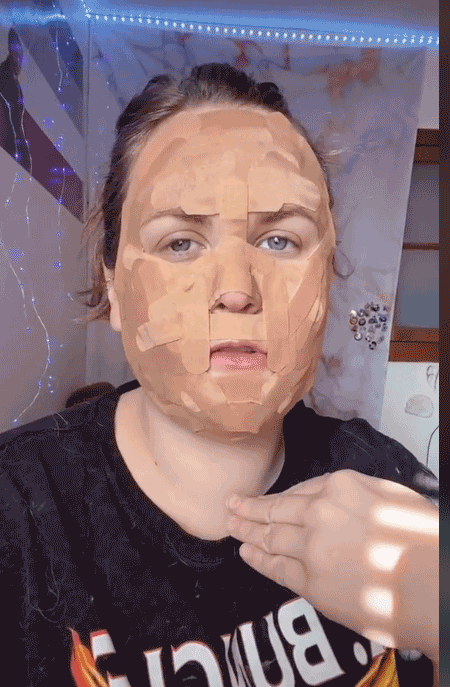
Some work on the app looks more like traditional performance art, especially if they had taken a movement class in art/theatre school. Smac, a self-proclaimed variety artist, was initially known for her dance videos, a popular genre on the app. In late 2020 though, she started doing movement pieces interpreting videos from the Hydraulic Press Channel. While this next example isn’t necessarily performance art in itself, it is a movement teacher’s parody. Creator Hayley Hirsch reacts to videos in the persona of Joan, the movement teacher. Some videos she reacts to are performance art or movement-based. Still, frequently she will respond to random “normal” TikTok videos as if they were student submissions and then grade them after critiquing the technical elements. Her intrigue comes from the unique ability to call into question what performance art is. When pulling things out of context and placing them into a particular light, it’s hard to argue.
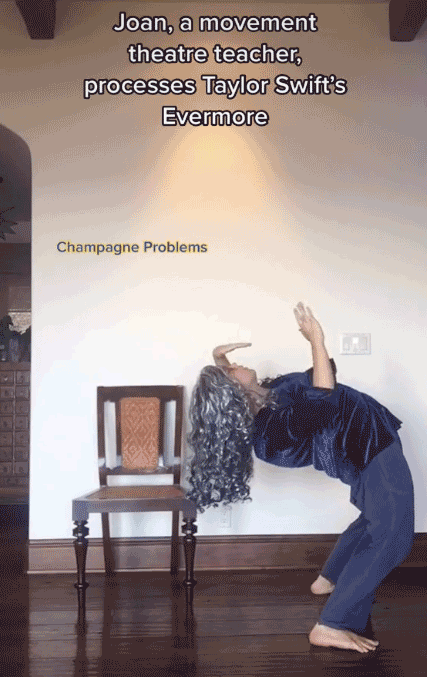
When going through this short list of TikTokers, it indeed could be argued that it isn’t performance art; it’s sketch comedy. The distinction is each of these creators asks more profound questions within their work, whether they know it or not. The parody videos bring underlying truths to light by pinpointing behaviours and habits that are undesirable and outdated. The repetitive work asks the question (sometimes bluntly) of what is “unique” content. Of course, there is room for traditional performance art, but this renaissance of “art TikTok'' paves the way for innovative ways of thinking about the genre. Overall, TikTok has been an excellent place for artists to share their work with a global audience, and for some, it’s become a real lifeline in these trying times. Whether or not the algorithm will favor this type of content progress remains to be seen; it’s wonderful to enjoy it all now.
